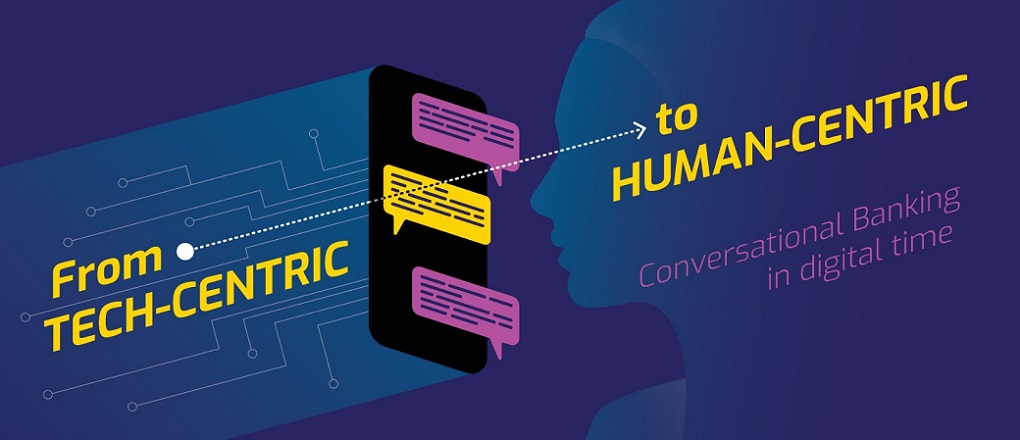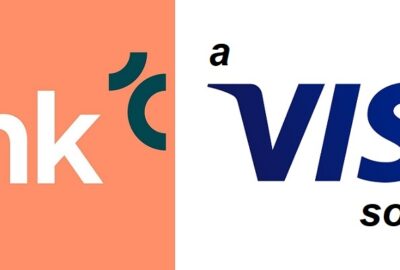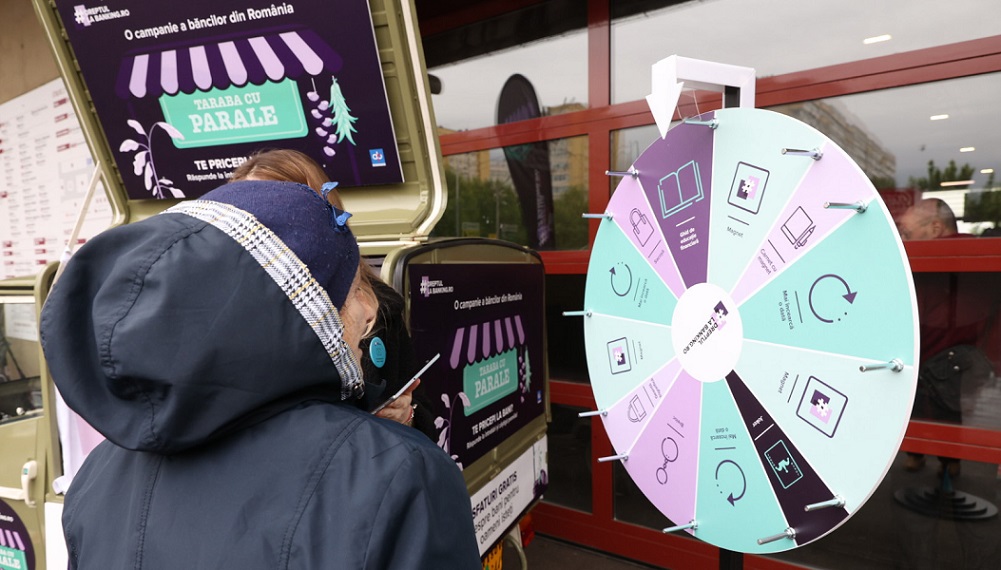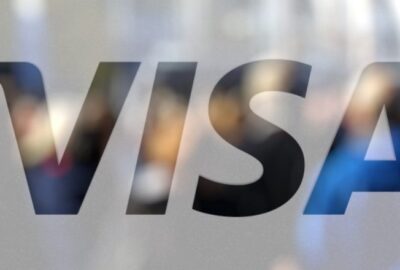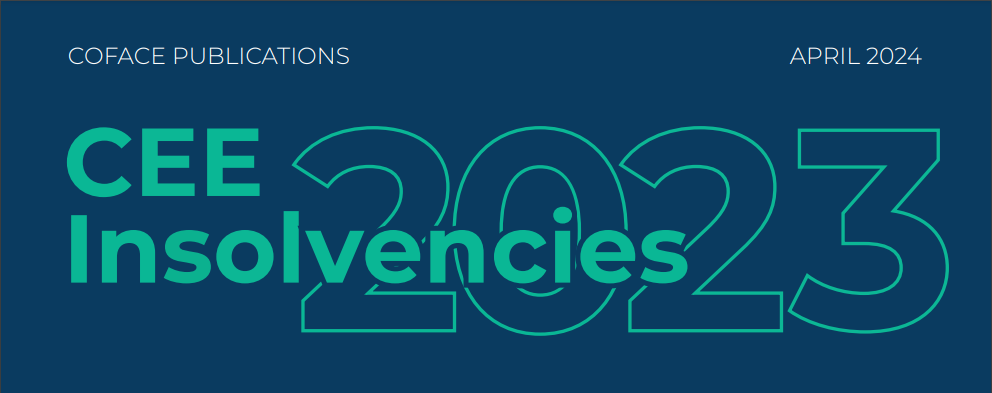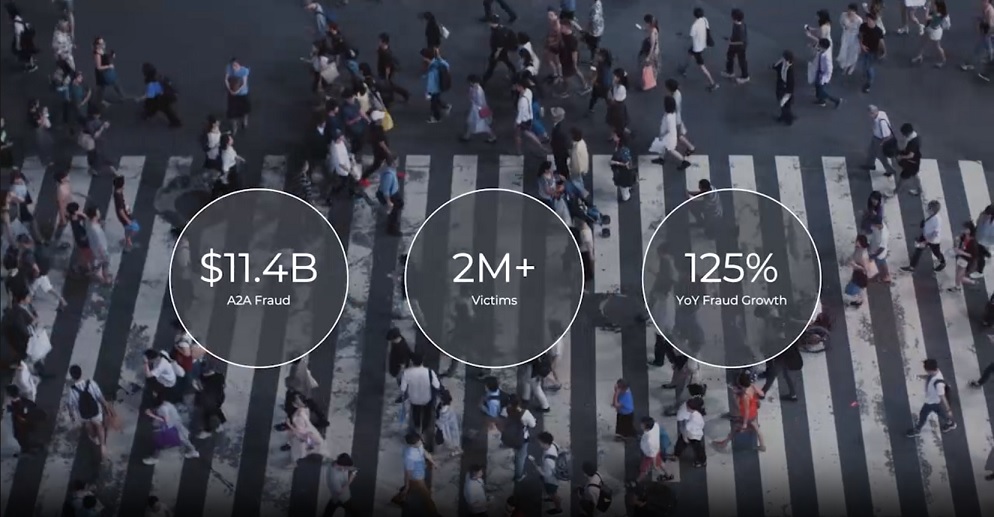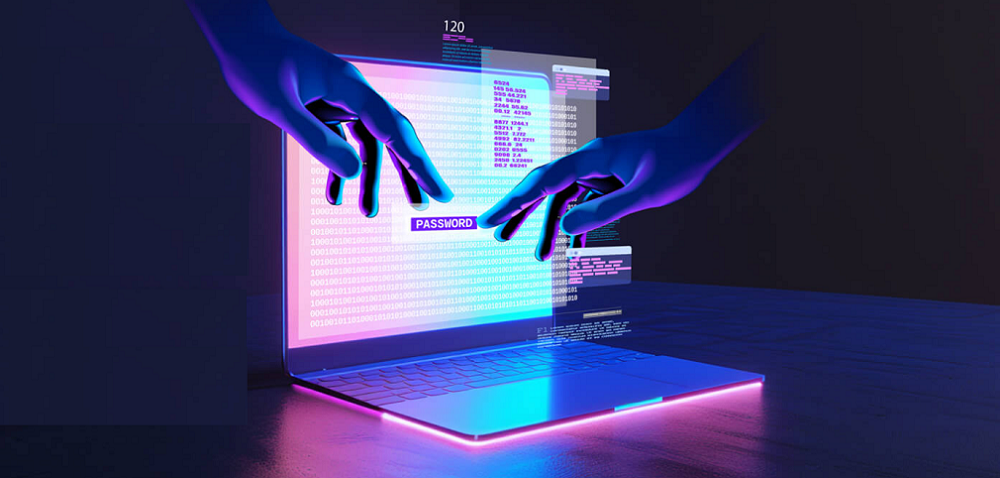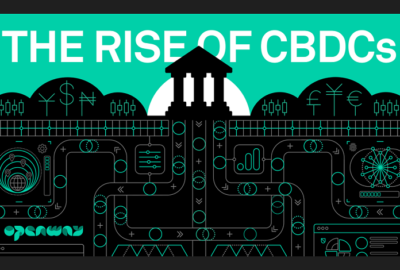BBVA invests millions of euros in a startup who delivers a next-generation shopper experience
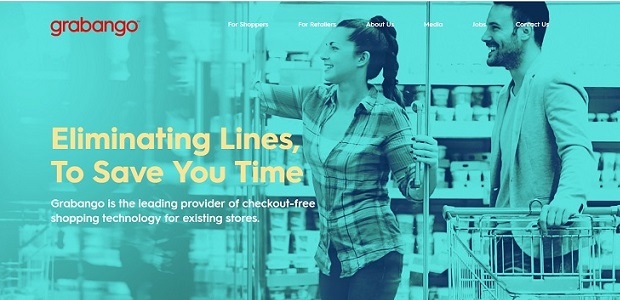
Silicon Valley startup Grabango announced that it has raised $12 million in an oversubscribed Series A financing round. BBVA’s Propel Venture Partners led the investment, a venture capital firm focused on opportunities at the intersection of technology and finance.
Grabango was launched in 2016 in order to save people time by eliminating lines at checkout. The service is free to use, benefits all shoppers, and doesn’t require a smartphone. „The computer vision and machine learning systems maintain a virtual shopping basket for each person’s store visit. Checking out is automatic, so there is no need for manual barcode scanning as shoppers exit the store.”, according to the press release.
“Our goal is to forever change the way people interact with things. As Arthur C. Clarke taught us, advanced technology can be implemented so well that it feels like magic,” said Glaser, Grabango’s Founder and CEO. “We don’t want to be the center of attention, but rather for our systems to work so smoothly in the background they are completely taken for granted.”
„Glaser assembled an all-star team of technologists from the best universities and tech companies to achieve this goal. Their quest is to develop systems for large enterprise class retailers to serve consumers where they already shop. Grabango has also amassed a broad patent application portfolio, filing well ahead of other providers.”, the company said.
This new financing builds on an already exciting list of Grabango accomplishments:
. Signed four major U.S. store chains that generate billions of dollars in revenue, serve more than 600 million shopper visits per year, and cover a combined 29 million square feet of floor space.
. Initiated store deployments ranging from 2,500 to 50,000 square feet per location.
. Filed 17 patents securing Grabango’s ownership of critical checkout-free technology and processes.
. Grew a hand-picked team to 37 employees and contractors.
“Grabango hits the target for brick and mortar retailers aiming to deliver a smoother shopper experience and a better bottom line. We’ve looked at all the checkout-free technology providers and Grabango is the only true enterprise scale provider in the market today,” said Ryan Gilbert.
Grabango’s technology differs from where the rest of the industry has been heading: solutions for smaller, stand-alone, convenience stores. Instead, Grabango is an industrial strength solution that delivers a streamlined experience for shoppers and retailers alike. The system places no limits on who can enter the store, what can be sold there, or how the shelving is configured.
Founded in 2016, Grabango is the leading provider of checkout-free shopping technology for existing stores. Grabango technology delivers a next-generation shopper experience and is the only enterprise class checkout-free solution on the market today. The Grabango platform includes a fault tolerant, edge computing network that accurately processes millions of simultaneous transactions.
This round brings Grabango’s total funding to $18 million. The company will use the funds to grow its product development team and expand client store deployments with checkout-free technology.
Anders Olofsson – former Head of Payments Finastra
Banking 4.0 – „how was the experience for you”
„So many people are coming here to Bucharest, people that I see and interact on linkedin and now I get the change to meet them in person. It was like being to the Football World Cup but this was the World Cup on linkedin in payments and open banking.”
Many more interesting quotes in the video below:


